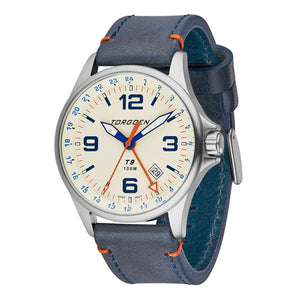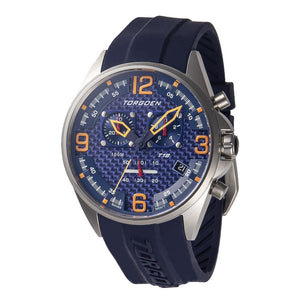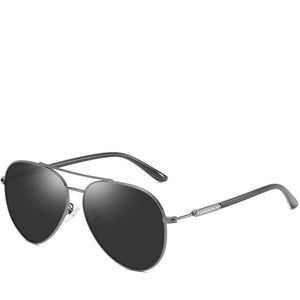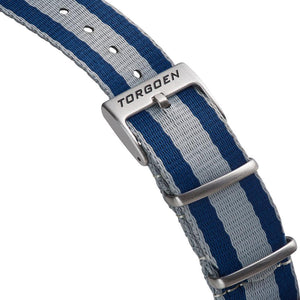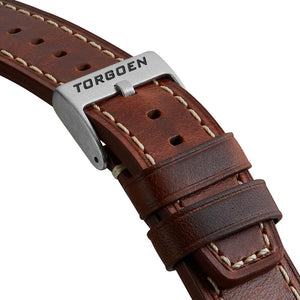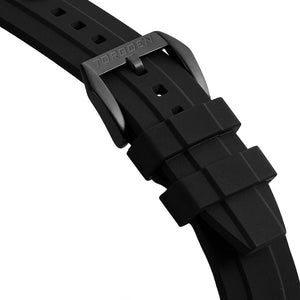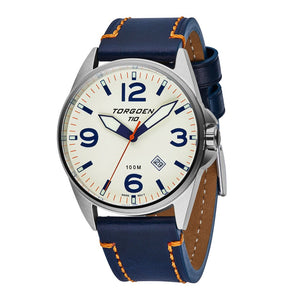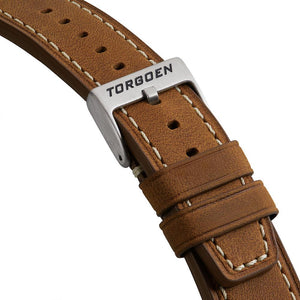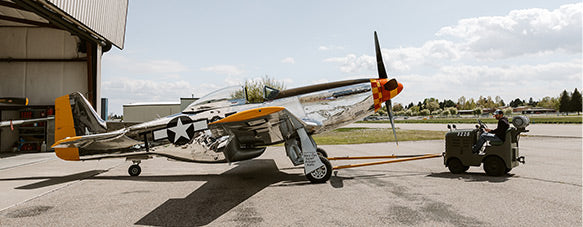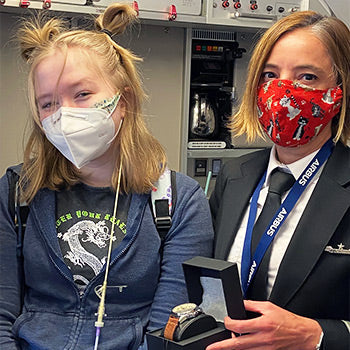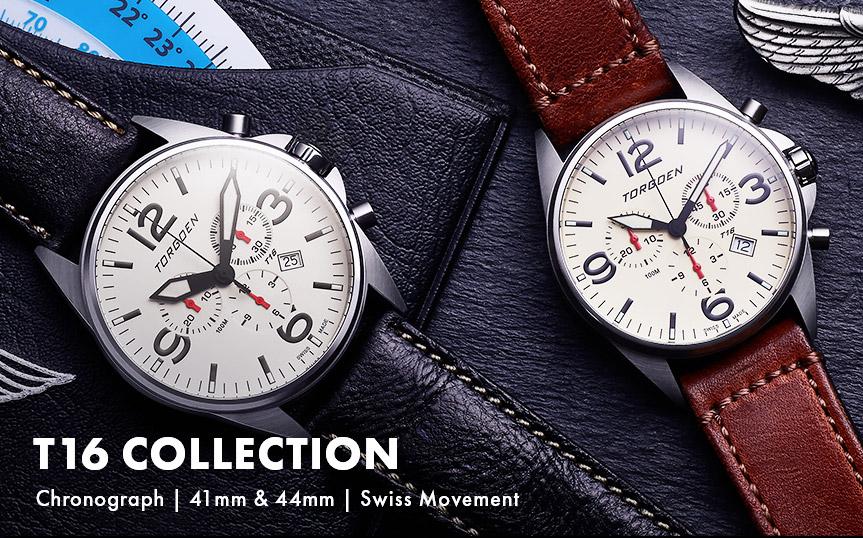As mentioned on our previous post, mechanical movement preceded quartz technology by almost a thousand years. Unlike quartz or digital watches, which require a battery to run, mechanical movement harnesses the energy stored in a repeatedly-wound spring. There are two types of mechanical watches, manual and automatic. In this post we’ll explain in plain words and with plenty of illustrations how each of them works, and what “magic” allows quartz crystals to regulate a watch.
How A Mechanical Watch Works:
Inside of a mechanical watch we will normally find the following units:
- Energy
- Wheels
- Escapement
- Controller
- Time Indicator.
It will be easier to understand how each unit works if we were to align the components in a row:

Energy
Every watch needs a power-source. The unit includes a stem, which when rotated by the wearer, forward the motion to a “wounding gear”. This gear wounds the “main spring”. The latter is is a long, rolled up spring that sits inside of a round, flat “barrel”. The back of the barrel actually serves as yet another wheel, AKA the “barrel wheel”. When the main spring slowly unwinds, it rotates the barrel wheel it sits on. The barrel spring transfers the power onward, to the “gear train”(which is often referred to simply as “the wheels”).
The Wheels
The wheels serve two functions. First, they scales up the speed of the rotation driven by the mainspring. With their help, a sturdy, slow-turning spring such as the mainspring, can power a complex watch for days before completely unwinding.
Other than that, the middle wheel of the train is the element in the watch which is responsible for setting the rotation rate of the hours and minutes hands. How it does that? The whole gear train forwards the “raw” energy that comes from the barrel-wheel to the escapement mechanism. The escapement mechanism returns that energy at a regulated rhythm.
The Escapement and Oscillator (Controller)
Unlike others, the escapement wheel only spins in steps. This is achieved by having a pallet connected to the oscillator which serves as “breaks”. In other words, the escapement wheel provides power to the oscillator (pushes it), but “in return” its speed gets regulated.
The regulated pace of the escapement wheel dictates the movement speed of the gear train behind it. In the illustration you can see exactly how it does that. By the way, the edges of the pallet are usually set with gems, so they won’t wear out.
Time indicator
As said, thanks to the escapement and oscillator, the middle wheel of the train gear rotates at a steady rate. Attached to it the “cannon pinion” (another tiny-tiny wheel) that holds and turns the minute hand. It also spins a designated “hour wheel”, that moves the hour hand.
And that’s pretty much it!
Automatic Mechanical Watches
In automatic watches, the wounding-stem is replaced by a flat blade positioned in the back of the movement. As the wearer naturally moves his wrist throughout the day, the blade swings and spins around, wounding the main spring.

An automatic watch with a see-through back
How Quartz Watches Work
Quartz movement is a whole different game. it relies on what is known as the “Piezeoelectric Effect”; Nature made it so that when pressure is applied on quartz crystal, a low electric current “magically” appears on the crystal’s surface.
This principle works vise-versa as well: When electrifying a quartz crystal, the crystal gets “squeezed”. And, if you pass a particular amount of current through it, it vibrates at a constant rate. While this phenomena occurs in some other crystals as well, only in quartz the vibration is triggered by a current which a tiny battery can produce for years.
Each watch contains a tiny piece of quartz, about in the size of a sand grain. It is usually shaped like a doubled-pronged fork, which makes it easy for the watch’s circuits to measure the number of its vibrations.
In most watches, the quartz crystal oscillates 32,768 times per second. If we were to half this number 15 times in succession, the result will be “1”. The electronics of the watch do exactly that, converting the pulses into a convenient unit of time – one second.
Quartz movement is far more accurate and shock-resistant than any mechanical watch. However, mechanical watches are often being bought at much higher prices, as they demonstrate an ingenious technological achievement and therefore a lot more prestigious.
If you are on the lookout for a new elegant watch, quartz or automatic, we invite you to check out our affordable, yet meticulously designed and crafted, pilot watches.


